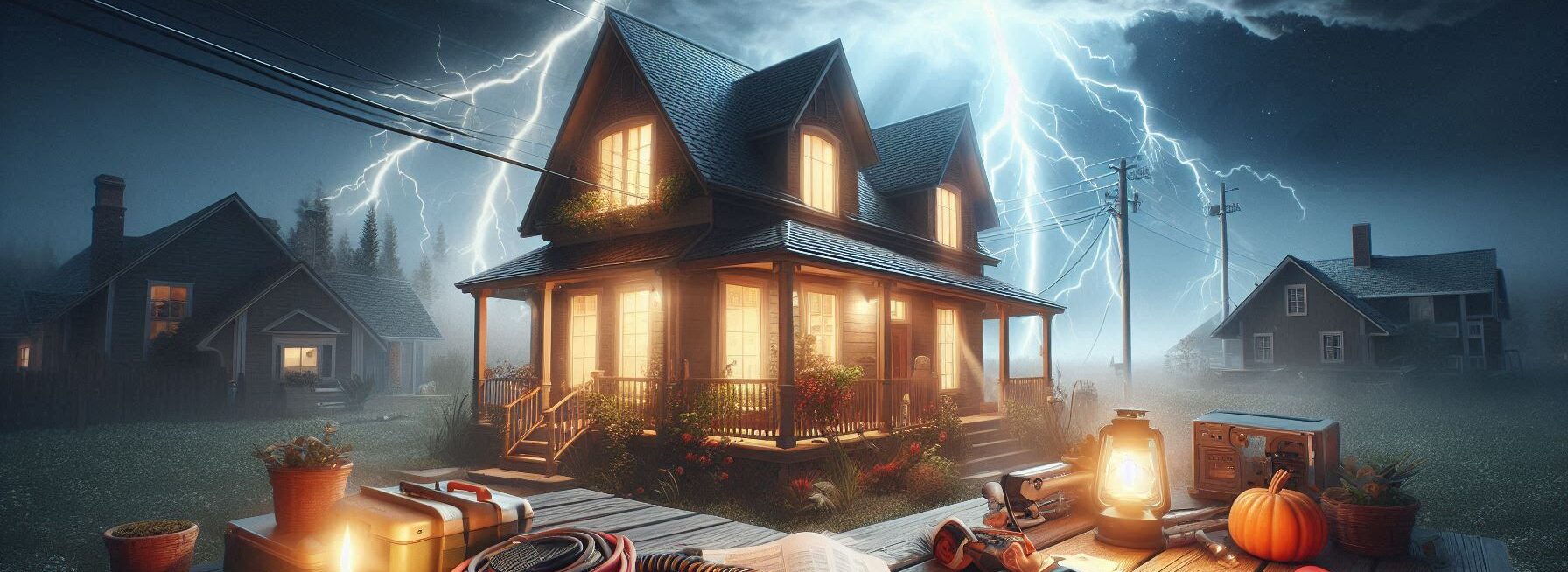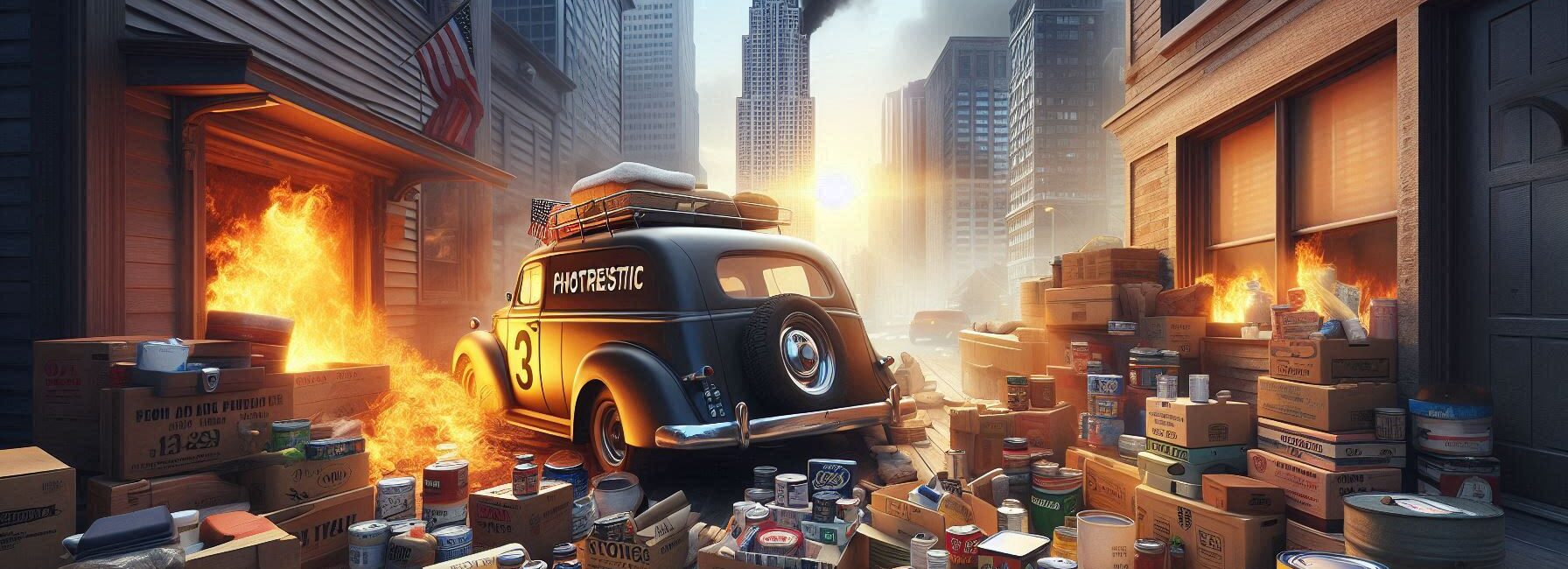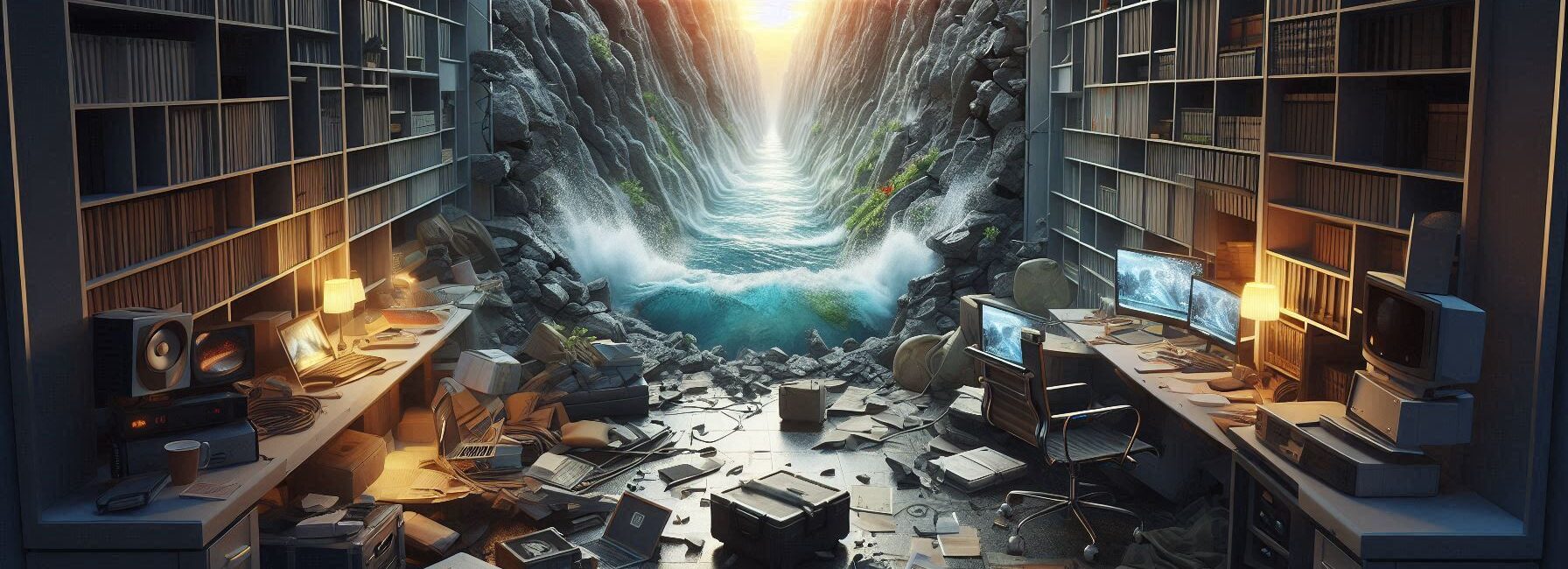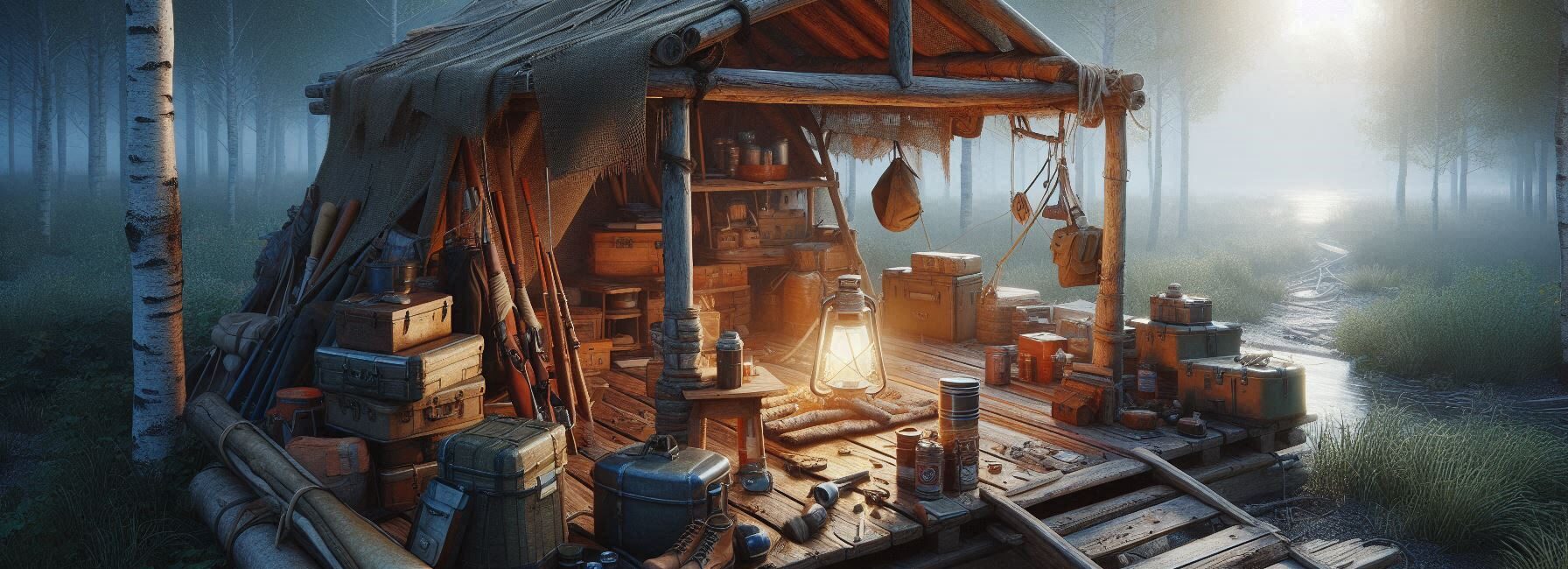Please Note: This post may contain affiliate links. If you click one of them, we may receive a commission at no extra cost to you. As an Amazon Associate, I earn from qualifying purchases.
Last Updated on October 19, 2025 by Kevin Collier
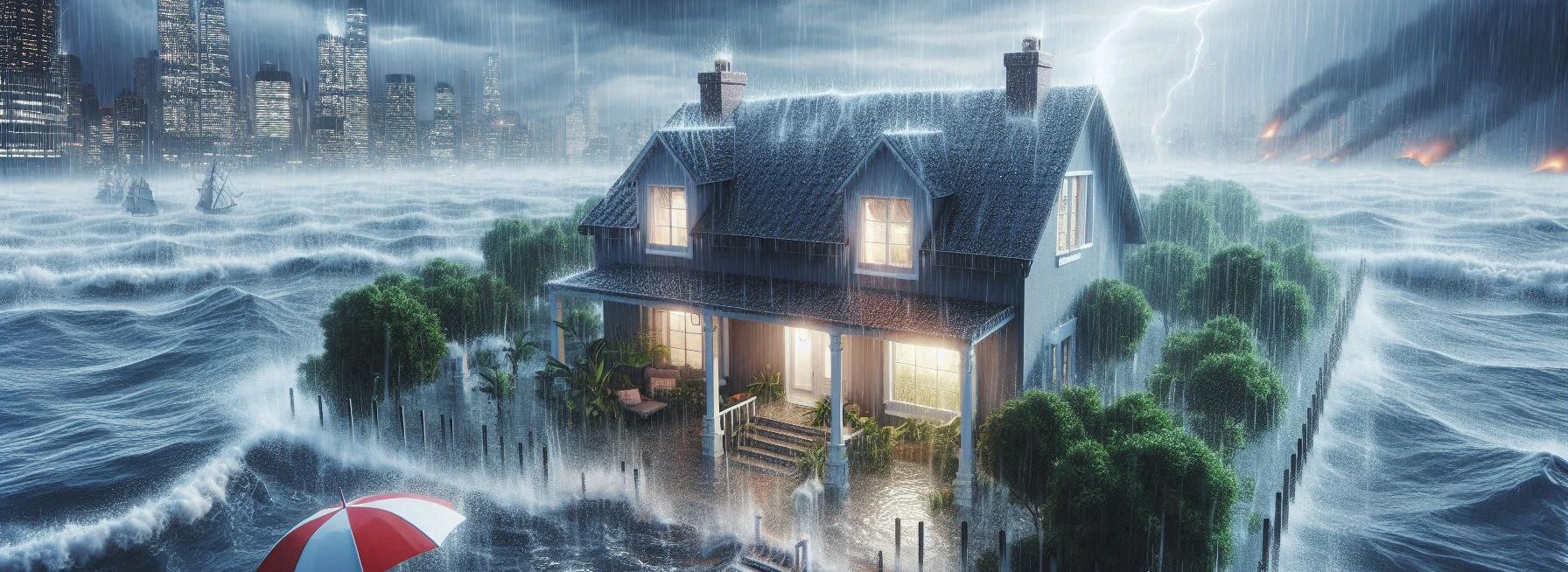
Top Takeaways and Key Concepts
- Clean gutters regularly to prevent roof water buildup and flooding.
- Check yard drainage and add gravel or trenches to guide runoff.
- Elevate valuables and utilities above flood level to protect them.
- Seal windows, doors, and garage gaps to block water entry.
- Prepare an emergency kit and family plan before storms arrive.
When it rains, it really pours, doesn't it? You are sitting at home, warm and comfortable, when you see water rising outside your window like it has RSVP'd to a party you didn't arrange. What a shock, huh?
Flooding can make your house into this crazy underwater experience. It feels like you're in a movie, but without the cool actors or effects. Just you and a lot of water!
Let's talk about how we can keep our houses safe. First, look at your gutters. I know it seems boring, but cleaning them out can really help. All that rain just sits there when they're clogged. Not fun at all. It looks like a small lake is growing on your roof.
Watch how water drains around your yard. If water can't leave, it must be coming in. So, you may try digging a little trench or adding some gravel to aid. You may think of it as making a pleasant path for the water.
Let's discuss about your important things now. Put critical things on higher ground. It's not just about keeping things dry; it's also about keeping memories safe. No one wants their precious papers or photo albums to get wet. You might set them on shelves, but be cautious not to knock anything over!
Get a flashlight and some extra batteries when storms are coming. Believe me, a candle is pleasant and cozy, but a flashlight makes you feel safer when the power goes out. And don't forget to get enough food and drink. Just in case you need to stay inside.
You might also want to use sandbags. They act like little walls to keep the water out. Even large trash bags full of sand can assist if you can't find them. Put them around doors or low locations in your yard. It takes some work, but it can save you a lot of trouble.
Most importantly, remain in touch. Make sure your phone is charged and your radio is close by. You want to know what's going on and get updates. It's okay to ask for aid if things get scary. Don't wait. Everyone needs help every now and then.
It's not simple to deal with floods, that's for sure. But you can stay safe and keep your home dry with a few simple tips. And the next time it rains, you'll be ready for it. Like you're ready for anything, but without the Hollywood budget!
*** Shop for Survival Gear - Tools - Kits ***
Survival Gear - Bags and Backpacks - Knives - Boots/Footwear - Communication
Outdoor Cooking - Gloves - Hydration - Dry Boxes - Water Filtration Systems
Tents - Sleeping Bags - First Aid Kits - Multi-Tools - Flashlights - Fire Starters
Navigation - Survival Food - Night Vision - Headlamps - Stun Guns - Binoculars
Understanding Flood Risks: Know Thy Enemy
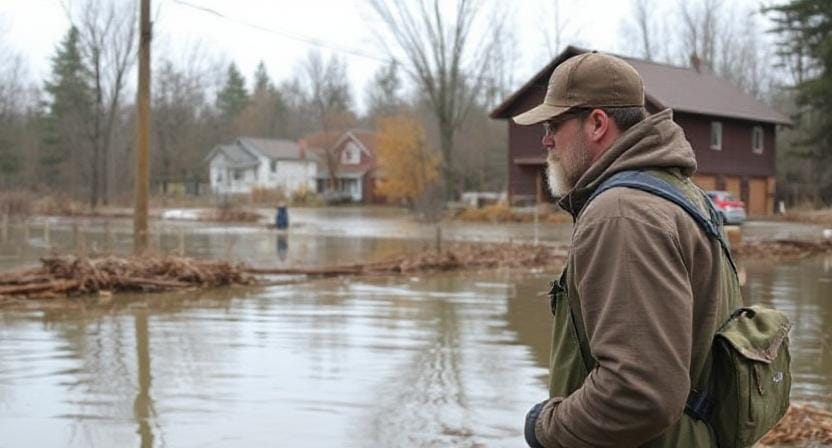
First things first—understanding flood risks is crucial. It’s not just about watching the news or glancing at ominous weather apps; you need to know what type of flooding could affect your area.
Are you living near a river that acts like a toddler on sugar after heavy rainfall? Or maybe you're in a region prone to flash floods that come rushing in faster than I can say “I forgot my umbrella”?
Interestingly enough, FEMA provides flood maps that show areas at risk for various types of flooding. Take time to check these resources; they’re like treasure maps but instead of gold, they point out where not to build sandcastles!
If you find yourself in a high-risk zone, consider investing in flood insurance—it might save your wallet from floating away.
Also, don’t forget about local drainage systems! If those ditches look more clogged than my kitchen sink after Thanksgiving dinner, you might want to take action before the next storm rolls through.
Elevate Your Home: The Higher the Better
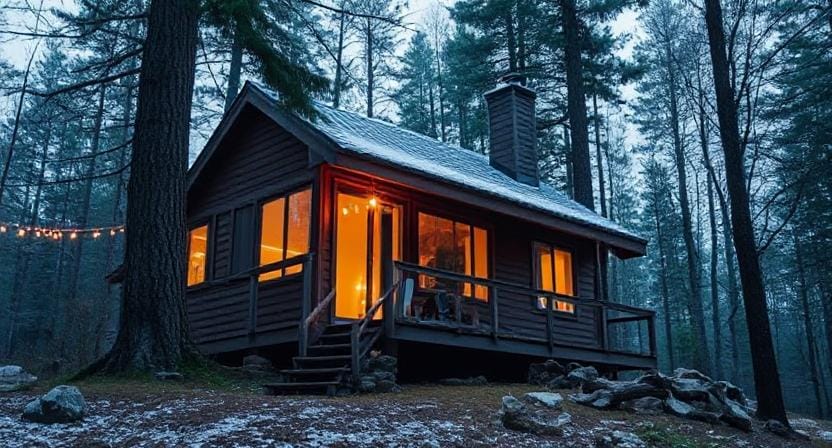
Now that we've talked about possible threats, let's speak about elevation—not the type you get from climbing mountains or reaching new heights in life (though both are fantastic). We're talking about really raising your home above the level of possible floodwaters.
If you're building or fixing up a house, think about putting it on piers or columns to make it higher. This isn't just for show; it protects your property and gives you a great view of any rising waters (and maybe even some ducks that are intrigued).
If you can't raise your house because moving is already hard enough without adding construction disruption, make sure that important utilities like HVAC systems and electricity panels are raised as well.
If you live in a region that floods easily and haven't thought about this yet, I suggest you put down whatever snack you're eating and make this modification right away!
Seal It Up: Windows and Doors Matter
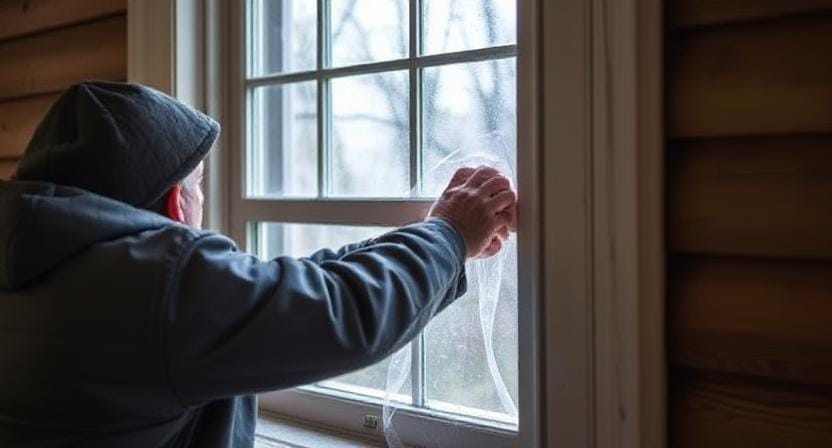
Next up on our list is sealing those windows and doors tighter than a jar of pickles at a family picnic! Water has no problem finding its way inside through gaps if given half a chance. Caulking around windows and doors creates an extra layer of protection against unwanted moisture intrusion.
Speaking of which, if you've got basement windows that look suspiciously like they were designed by someone who didn’t understand waterproofing principles—now's the time for upgrades!
Consider using window wells with covers that prevent water buildup while still letting light shine through (because nobody wants their basement resembling Dracula's lair).
And don’t forget about garage doors! A well-sealed garage door will help keep floodwaters at bay too. Bonus points if it also keeps out nosy neighbors trying to borrow tools!
Create Barriers: Sandbags Are Your Friends
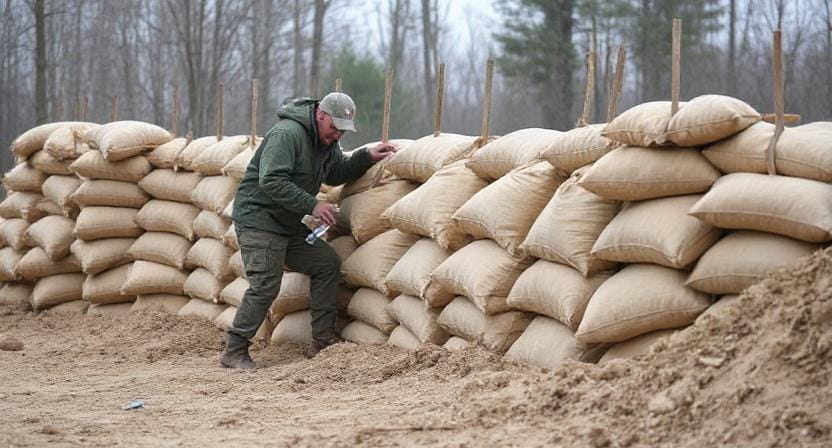
When nothing else works—or before things get really bad—sandbags are the finest friends you can have in a crisis. These small, useful bags of sand can stop water from coming in. Imagine them as little fortresses on the walls of your castle!
You can put sandbags over doorways or places where water tends to collect. Keep in mind that you don't need to build Fort Knox here; even minor barriers can help keep water from getting to weak points throughout your property.
But let's be honest: filling sandbags isn't exactly the most pleasant thing to do at the Olympics, and neither is bailing water out of your living room! So, get some friends (or family members who don't know what's going on) to help you out. You'll feel like an emergency response squad ready to handle anything nature throws your way.
Have an Emergency Plan: Be Ready to Roll
Finally, let's speak about becoming ready. Having a plan ready when something bad happens is the best way to show that you're ready. Make an emergency bag with everything you need, like food, bottled water (yes, please!), first-aid supplies, and maybe some fun reading material because you'll probably be locked inside longer than you thought.
What's next? Make sure everyone in the family knows how to get in touch with each other so they know where to meet if they need to leave (and trust me, they will!).
Make sure everyone knows how vital it is for safety and so Aunt Betty doesn't end up camping at her ex-husband's house again by mistake!
To be honest, the most important thing to remember is to keep educated and take action instead of waiting for something to happen.
Conclusion
I understand that flooding might be scary. Your heart lowers a little as you see those black clouds. But here's the thing: it helps a lot to know what to do. It's like having a secret weapon against the unexpected things that happen in nature.
It's important to plan ahead. Take a look around your house. Are there spots where water could get in? The basement or that ancient window, maybe? You are one step ahead now that you've fixed those places. It's like getting ready to go out by putting on your raincoat.
It certainly helps to take smart moves. Putting vital things in waterproof boxes can save them from getting wet. Imagine that your things are wearing a bit floaty.
Make sure that your yard drains well. If it doesn't, try adding some rocks or digging a little trench. Make it easier for water to get where it needs to go instead of coming inside.
It's very vital to stay calm. It's good to take a break when things get hard. Snacks can assist with that for sure. While you work things out, eat a granola bar or some chips. A little chocolate can also work wonders, right?
When the rain starts to fall, know that you can handle it. You know what to look out for and how to get ready. When you feel powerful, you can stand tall even when the flood rises. You're not the only one going through this. We're all in this together, and we'll figure it out one step at a time.
You can handle anything that comes your way if you plan ahead. And you might even get to eat a snack while you do it! How awesome is that?
Suggested Resources:
Flood Safety Tips
https://www.ready.gov/floods
How To Build a Sandbag Barrier
https://www.redcross.org/get-help/how-to-prepare-for-emergencies/types-of-emergencies/flood.html
FEMA Flood Maps
https://msc.fema.gov/portal/home

Kevin Collier is a seasoned survivalist and expert in prepping and homesteading, contributing to WiseSurvive.com. With a deep-rooted passion for self-sufficiency and outdoor survival skills, Kevin shares practical advice, strategies, and resources to help individuals prepare for any challenge. His informative articles cover a range of topics, from essential survival techniques to sustainable living practices, empowering readers to thrive in any situation. Whether you're a novice or a seasoned prepper, Kevin's insights will inspire you to take charge of your readiness and build resilience for the future.

